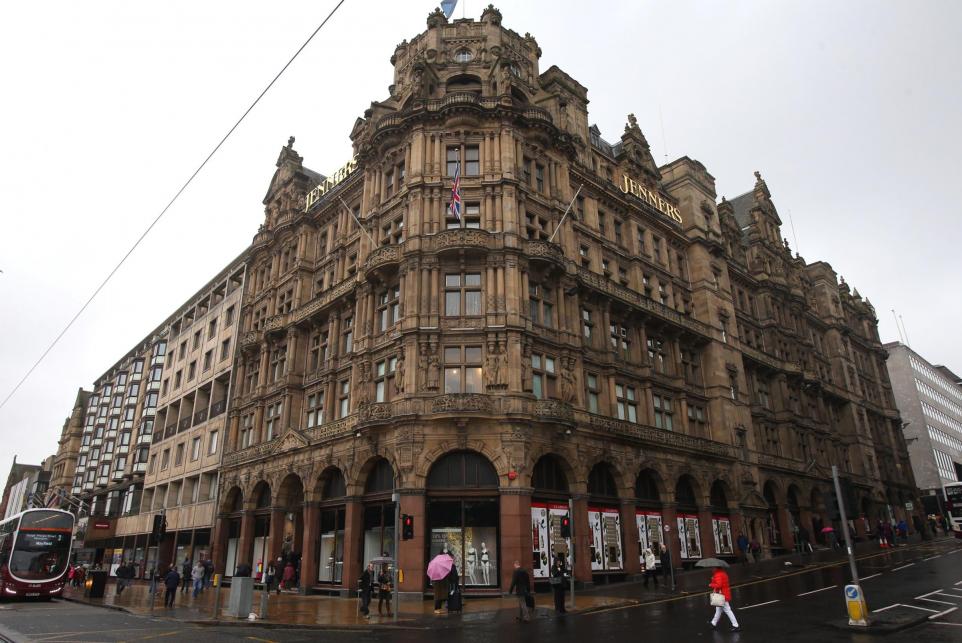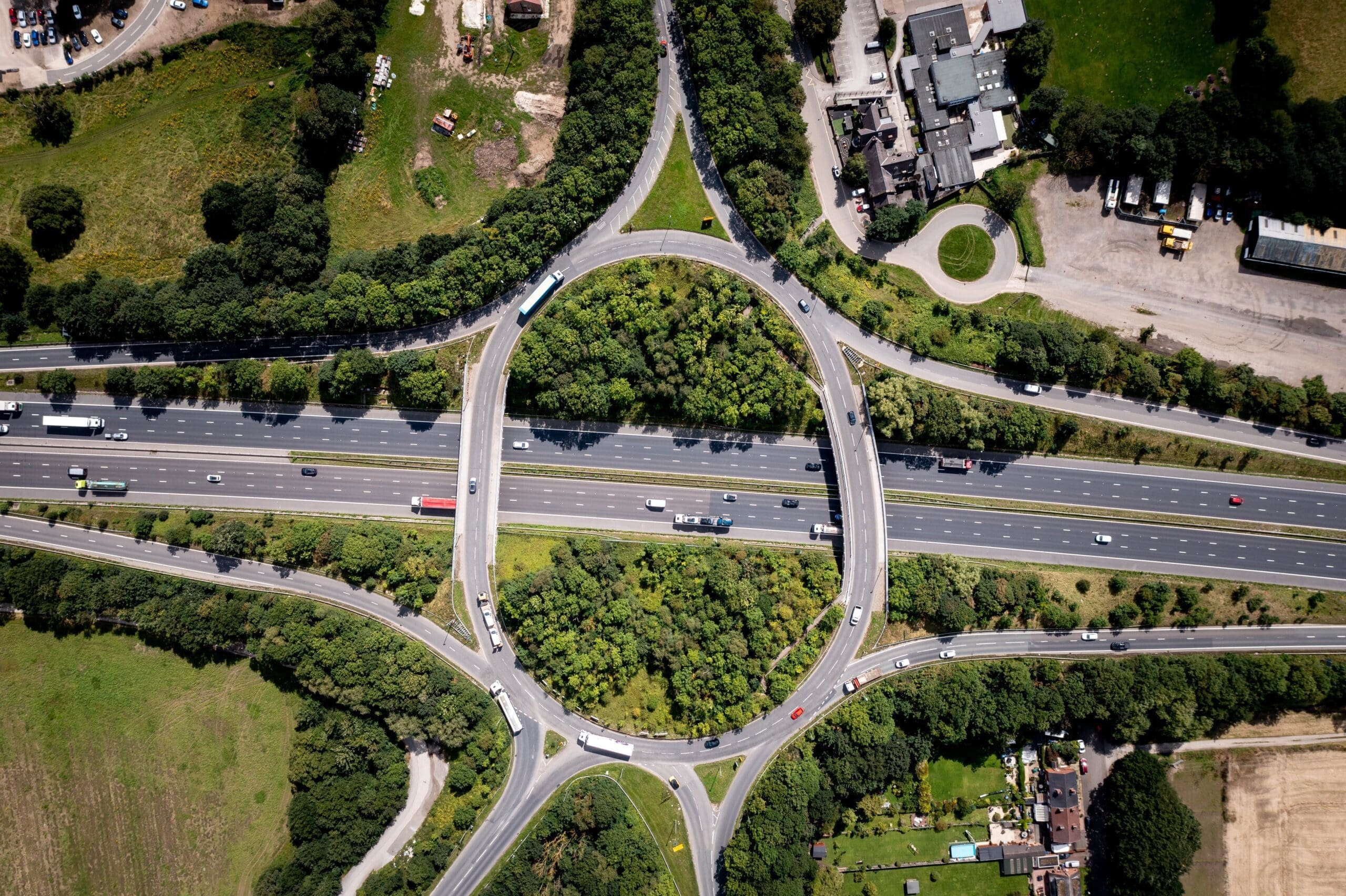Sector
Rail
Location
London
Services
Monitoring - Bridges and Structures

Our partnership with Transport for London
Overview
Bridge impact from over-height road vehicles is a persistent problem for bridges with low headroom across the London Underground network.
Initiatives to warn drivers have reduced the frequency, but not eliminated the occurrences. Transport for London have chosen to take a combined approach of increasing driver awareness, using collision protection beams and capturing evidence for prosecution of offending drivers.
The Challenge
Some of the challenges our team faced when working with Transport for London include:
• Planning and installing the system on multiple bridges without disrupting traffic or compromising safety.
• Developing site safety documentation that satisfied the needs of all stakeholders.
• Working with London Underground to further develop the functions of BridgeStrike and enhance it to meet the specific needs of their bridges.
The Solution
London Underground installed three of our BridgeStrike systems on bridges prone to impact and further expanded 18 months later by adding eight systems to other sites.
BridgeStrike constantly monitors each bridge for sudden movements, detecting the shock. By learning the normal behaviour, the differences between passing trains and actual impact can be distinguished. When a potential strike is identified by the algorithms, recordings of accelerometer measurements at critical positions and video evidence covering a period before and after the impact are captured.
Notifications are sent automatically to the bridge manager(s) and a report is presented including images, assisting the speed of response to inspect and assess the bridge damage. The internet-accessible platform, where all BridgeStrike monitored sites are visible along with their current status and history of previous impacts. The platform is accessible from any computer or internet connected device (mobile phone/tablet).
The data recorded has proven successful for the prosecution of drivers and continues to improve the awareness for high vehicle drivers and their employers.
The implementation of the systems was managed by BES Group, including planning, installation and continued operation and maintenance for multiple years. BES Group, responsible as Principal Contractor, installed the most recent eight systems by a turn-key approach, providing the planning applications, traffic management, and plant for access at height.
Holding safety at the core of both BES Group and Transport for London, we collaborated in developing site safety documentation that satisfied the needs of all and simplified the actions for controlling, checking, and reporting the works.
The Result
BES Group worked with London Underground to further develop the functions of BridgeStrike for the implementation of the later eight installations, including a custom dashboard to display the vital information in an easily readable format.
Enhancements were discussed and those most useful for the management of these bridges were implemented. Some bridges have added displacement sensors to detect global movements of the superstructures which confirm bearing offsets caused directly by vehicle impact.
The automated post-processing has added functionality in which the data collected is analysed to quantify the energy magnitude of impact sustained by the structure. As data is collected on previous impacts this will help inform the bridge managers of the likelihood of damage sustained. If an impact is of less energy than those previously experienced, then detrimental damage is less likely and the structure might remain open, even before site inspection can be conducted.
Some potential impacts detected and recorded are identified as being caused by passing trains. The patterns in these are being used to detect wheel-flats of the trains.
The use of BridgeStrike systems has brought cost benefits to the management of these bridges. Response has become easier and quicker. Identification of offending vehicles means that many of the costs associated with impacts (closure, examination and remedial works) can now be recovered from the offender.
Bridge impact from over-height road vehicles is a persistent problem for bridges with low headroom across the London Underground network.
Initiatives to warn drivers have reduced the frequency, but not eliminated the occurrences. Transport for London have chosen to take a combined approach of increasing driver awareness, using collision protection beams and capturing evidence for prosecution of offending drivers.
Contact us to find out more about our Bridges and Structures Monitoring services
Related Case Studies
View All Case Studies
Preserving History and Ensuring Safety with Structural Monitoring During The Jenners Building Re-development
Read more.
A proactive solution for Twerton’s Sluice Gates
Read more.
 About BES Group
About BES Group Accreditations & Credentials
Accreditations & Credentials Our Environmental, Social & Governance
Our Environmental, Social & Governance Careers at BES Group
Careers at BES Group Our Senior Leadership Team
Our Senior Leadership Team